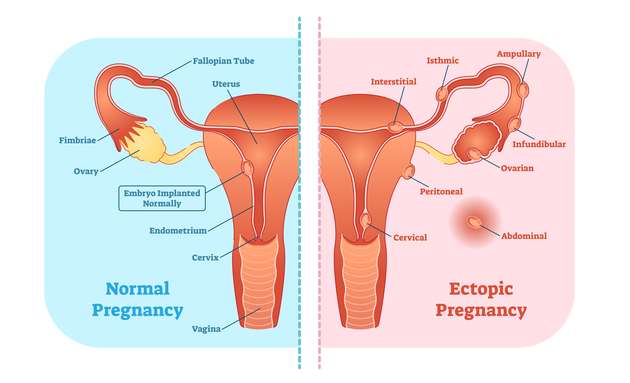
Uterine Cramping in Early Pregnancy: Causes, Symptoms, and Relief
Uterine cramping is a common symptom of early pregnancy, affecting up to 80% of women. While it can be uncomfortable, it is usually not a cause for concern. However, it is important to be aware of the different types of cramping and when to seek medical attention.
Causes of Uterine Cramping in Early Pregnancy
- Implantation: When the fertilized egg implants into the lining of the uterus, it can cause mild cramping. This usually occurs around 6-12 days after conception.
- Uterine growth: As the uterus grows to accommodate the developing baby, it can stretch and cause cramping. This type of cramping is usually mild and intermittent.
- Hormonal changes: The increase in progesterone levels during pregnancy can relax the muscles in the uterus, which can lead to cramping.
- Round ligament pain: As the uterus expands, it puts pressure on the round ligaments, which support the uterus. This can cause sharp, stabbing pains in the lower abdomen or groin area.
- Gas and bloating: Pregnancy hormones can slow down digestion, leading to gas and bloating. This can put pressure on the uterus and cause cramping.
Symptoms of Uterine Cramping in Early Pregnancy
Uterine cramping in early pregnancy can vary in intensity and duration. It can be mild and intermittent, or it can be more severe and constant. The cramping may be accompanied by other symptoms, such as:
- Lower back pain
- Pelvic pressure
- Vaginal spotting or light bleeding
- Nausea or vomiting
- Diarrhea or constipation
When to Seek Medical Attention
In most cases, uterine cramping in early pregnancy is not a cause for concern. However, it is important to seek medical attention if you experience any of the following:
- Severe or persistent cramping
- Cramping accompanied by heavy vaginal bleeding
- Cramping that is accompanied by fever or chills
- Cramping that is accompanied by nausea or vomiting that prevents you from keeping food or liquids down
These symptoms could indicate a more serious condition, such as an ectopic pregnancy or a miscarriage.
Relief for Uterine Cramping in Early Pregnancy
There are a few things you can do to relieve uterine cramping in early pregnancy:
- Rest: Resting can help to reduce the intensity of cramping.
- Apply heat: Applying a warm compress or heating pad to your lower abdomen can help to relax the muscles and relieve pain.
- Take a warm bath: A warm bath can help to relax your body and mind, which can reduce cramping.
- Massage: Gently massaging your lower abdomen can help to relieve tension and pain.
- Over-the-counter pain relievers: Acetaminophen (Tylenol) or ibuprofen (Advil) can help to reduce pain and inflammation. However, it is important to talk to your doctor before taking any medications during pregnancy.
Prevention of Uterine Cramping in Early Pregnancy
There is no surefire way to prevent uterine cramping in early pregnancy. However, there are a few things you can do to reduce your risk:
- Get regular exercise: Exercise can help to strengthen the muscles in your uterus and reduce the risk of cramping.
- Eat a healthy diet: Eating a healthy diet can help to reduce gas and bloating, which can put pressure on the uterus and cause cramping.
- Get enough sleep: Getting enough sleep can help to reduce stress and fatigue, which can both contribute to cramping.
- Avoid caffeine and alcohol: Caffeine and alcohol can both dehydrate you and increase the risk of cramping.
Conclusion
Uterine cramping is a common symptom of early pregnancy. While it can be uncomfortable, it is usually not a cause for concern. However, it is important to be aware of the different types of cramping and when to seek medical attention. By following the tips in this article, you can help to relieve uterine cramping and enjoy a healthy pregnancy.